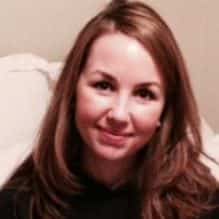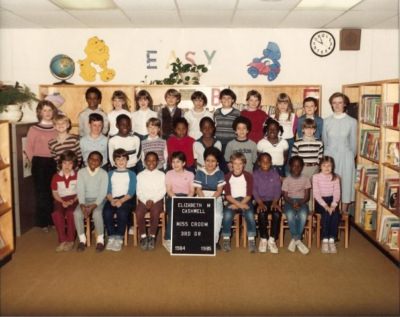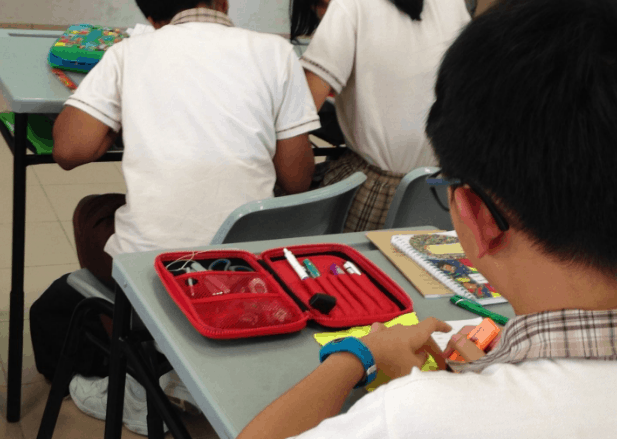

Singapore is a very small country in southern Asia that has gained international notoriety for its success by the Programme for International Student Assessment (PISA) and the Trends in International Mathematics and Science Study (TIMSS). These assessments compare the academic performance of countries, and in some cases cities, around the world. Singapore is leading the world academically, and many educators are extremely interested to understand their success. The countries consistently ranked in the top five are in Asia, but Singapore is at the forefront. Finland and Estonia have also performed very well and have many people extremely curious about their success.
PISA examines reading, mathematics, and science. TIMSS measures mathematics and science. Singapore leads the world in every subject area, and the performance of the students is well above the mean scores.
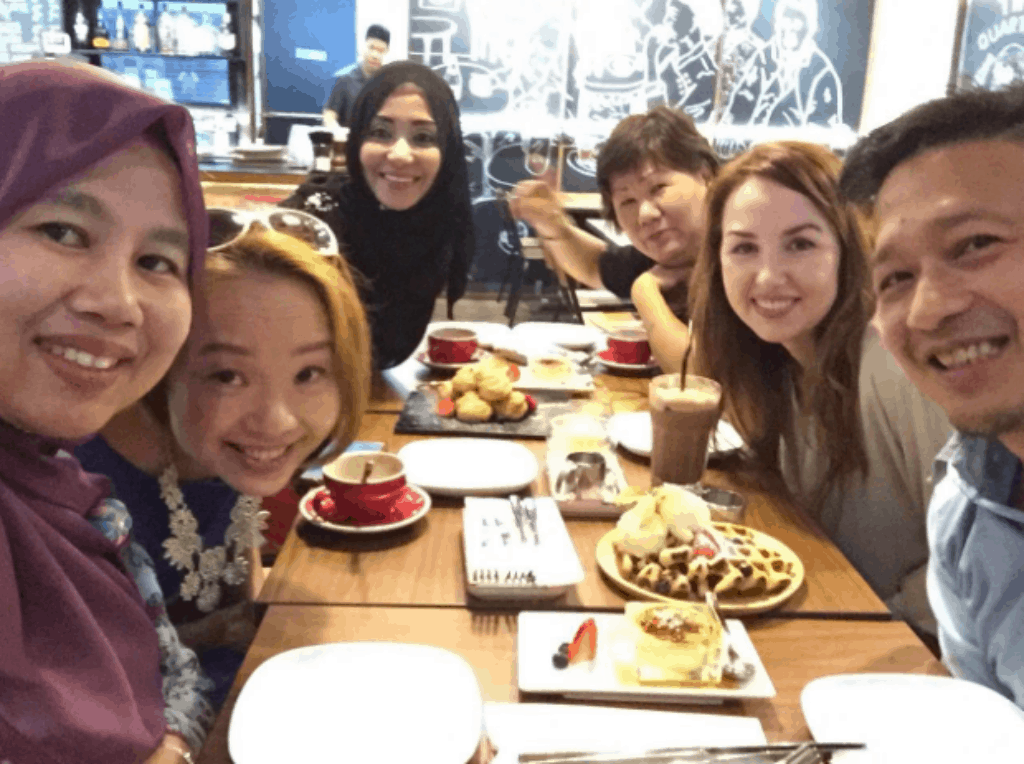

Singapore has transitioned rapidly from being a developing nation to a global leader. It is also one of the most expensive places in the world to live. Gaining access to Singapore’s schools is not an easy task as people from all over the world want to learn from them.
Singapore became independent in 1965. The “tiny red dot” has no natural resources. They invest in their people, specifically in education.
I found it rather ironic during my time in Singapore to learn that many of the educators there had never actually heard of what is so widely known around the world as “Singapore math.” They simply know what they do as “maths.” During a staff meeting, a school principal asked me to tell everyone about Singapore math. The teachers laughed and laughed!
I personally became interested in Singapore math when my own elementary school’s mathematics end-of-grade test scores took a rapid decline of 10 percent overall for grades third, fourth, and fifth grades after our results were released for the 2013-2014 school year. Through Burroughs Wellcome Fund, I received a Career Award for Science and Mathematics Teachers to implement Singapore math in our school over the course of five years. After one year of implementation, we gained back the 10 percent decline and are steadily increasing in our mathematics performance.
Students are understanding and applying mathematics more consistently. The best part is they seem to be enjoying math more. During my school’s second year of Singapore math implementation, I received a Fulbright Distinguished Award in Teaching to conduct research in Singapore through observations, interviews, and classes at three elementary schools in partnership with the Ministry of Education through the Academy of Singapore Teachers. It was my goal to see what Singapore is doing so successfully on a firsthand basis.
My research focused solely on elementary mathematics. If you ask any educator in Singapore, you will likely hear that one of their most successful strategies is CPA, a concrete-pictorial-abstract approach to teaching. Students use manipulatives when first learning a mathematics standard. They draw and/or use pictures to deepen their understanding. The final stage, and the most difficult one, is abstract.
I observed the “I do, we do, you do” method consistently during my observations. Teachers model how to solve a mathematics problem/equation. The teacher and students then solve an equation together. The final stage is independent work on the part of the student.
Number bonds, ten frames, and model drawing are consistent aspects of Singapore math. Students explain their thinking and need to be able to justify their mathematic solutions.
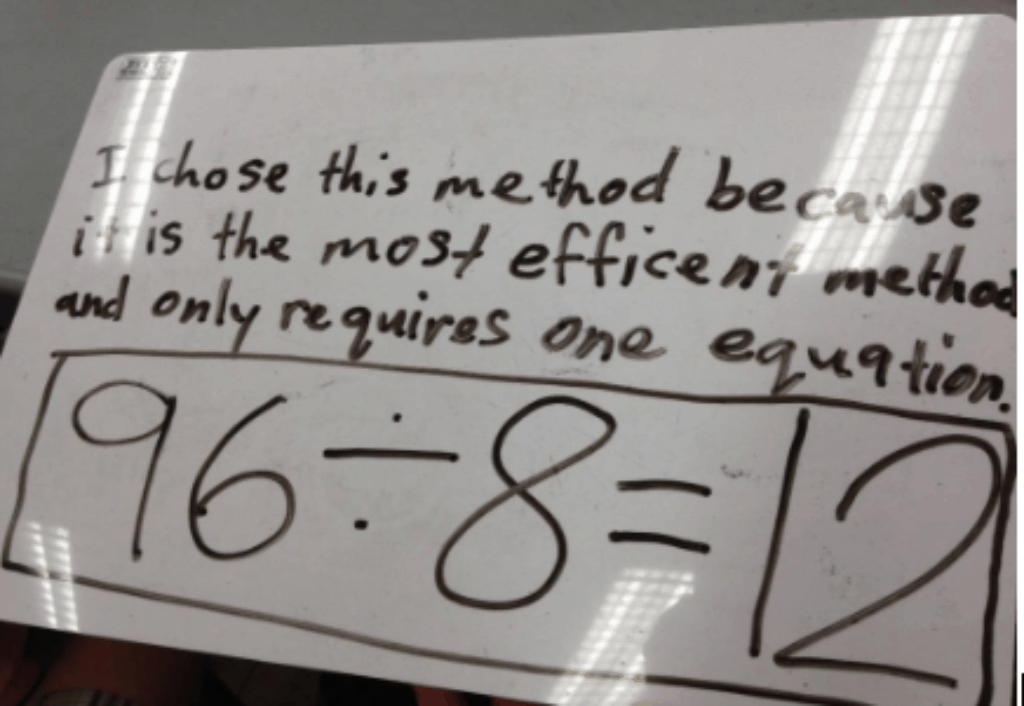

Singapore is doing many things very well. They have found ways to implement the country’s educational vision through very consistent strategies with educators who are trained at the National Institute of Education within Nanyang Technological University. The Ministry of Education in Singapore streamlines their educational practices throughout their small country. Consistently throughout the schools, students wear uniforms, gather for morning assemblies, have cross-curricular activities (CCAs), and many students participate in tuition. Known as a “tuition nation,” many students receive additional tutoring before their formal schooling begins as well as after.
Number bonds, ten frames, model drawing, understanding the why of mathematical solutions, and even (yes!) some memorization all play valuable roles in Singapore’s success. Expectations are high and it is definitely a competitive environment. I have much still to learn from the intriguing nation and my hope is that the journey has only just begun.
